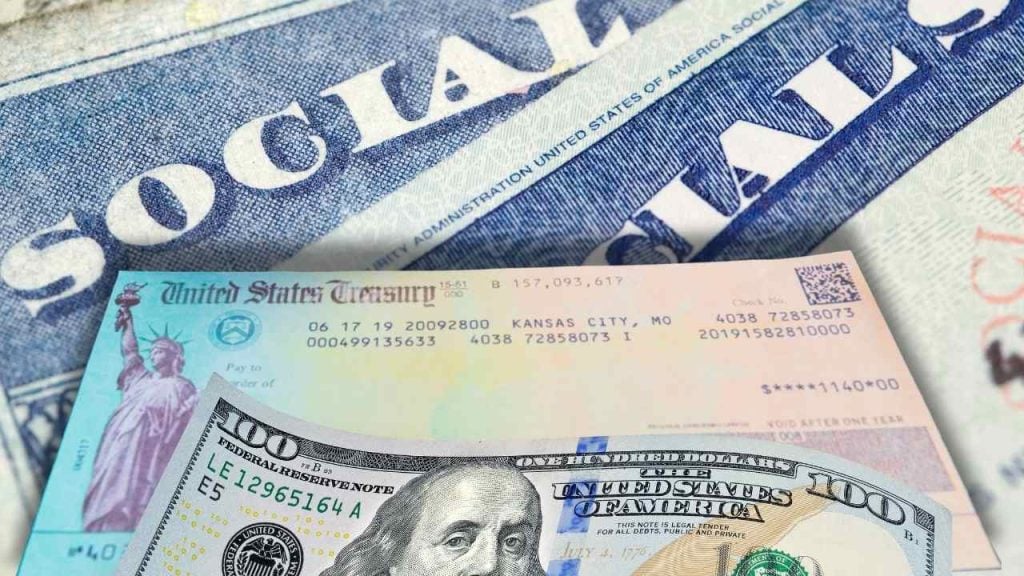The Social Security Administration (SSA) has confirmed the distribution dates for Social Security Disability Insurance (SSDI) payments for May 2025. Beneficiaries born between the 21st and 31st of any month will receive their deposits on Wednesday, May 28, according to the established schedule.
The dates are divided by birthdate: May 14 was the date to those born between the 1st and 10th, May 21 for those whose birthdays are between the 11th and 20th, and May 28 covers the 21st and 31st. Exceptions apply for combined cases with SSI or benefits prior to May 1997.
Disabled workers could claim up to $4,018 in 2025
As of 2025 (until December, included)The maximum monthly payment reaches $4,018 for high-income retirees, while the general average is $1,580. These figures reflect annual updates based on economic indicators.
The Substantial Gainful Activity (SGA) limit was also adjusted this year: $1,620 per month for non-blind individuals and $2,700 for blind individuals. Exceeding these amounts could affect eligibility, although the SSA offers temporary mechanisms such as trial work to facilitate job reintegration.
Trial Work Period: Requirements and process to retain SSDI allotments
The trial work period allows SSDI beneficiaries to work for up to nine months without losing benefits, as long as their income does not exceed $1,110 per month in 2025. “This mechanism seeks to assess whether the individual can maintain stable employment without restrictions due to their disability,” explained an SSA spokesperson.
During this period, SSDI payments continue without reduction. Each month the limit is exceeded counts toward the allotted nine months. After this period, the SSA reevaluates the employment and medical situation to determine whether benefits should be discontinued.
If a beneficiary is unable to maintain employment after the trial period, they can apply for reinstatement of SSDI within 36 months without repeating the initial process. This applies as long as their income falls below the SGA threshold.
The SSA recommends reporting any attempt to return to work to avoid payment errors. Additionally, the Ticket to Work program offers free training and counseling to those who have been out of the workforce for some time.
Remember that if you have SSDI benefits, you can also apply for Supplemental Security Income (SSI), which can adjust your income if it isn’t enough to cover certain basic living expenses like medications, food, or even part of your rent or mortgage.
The maximum SSI payment is $967 for a single beneficiary, while for a couple filing jointly, the maximum is $1,450 per month.
